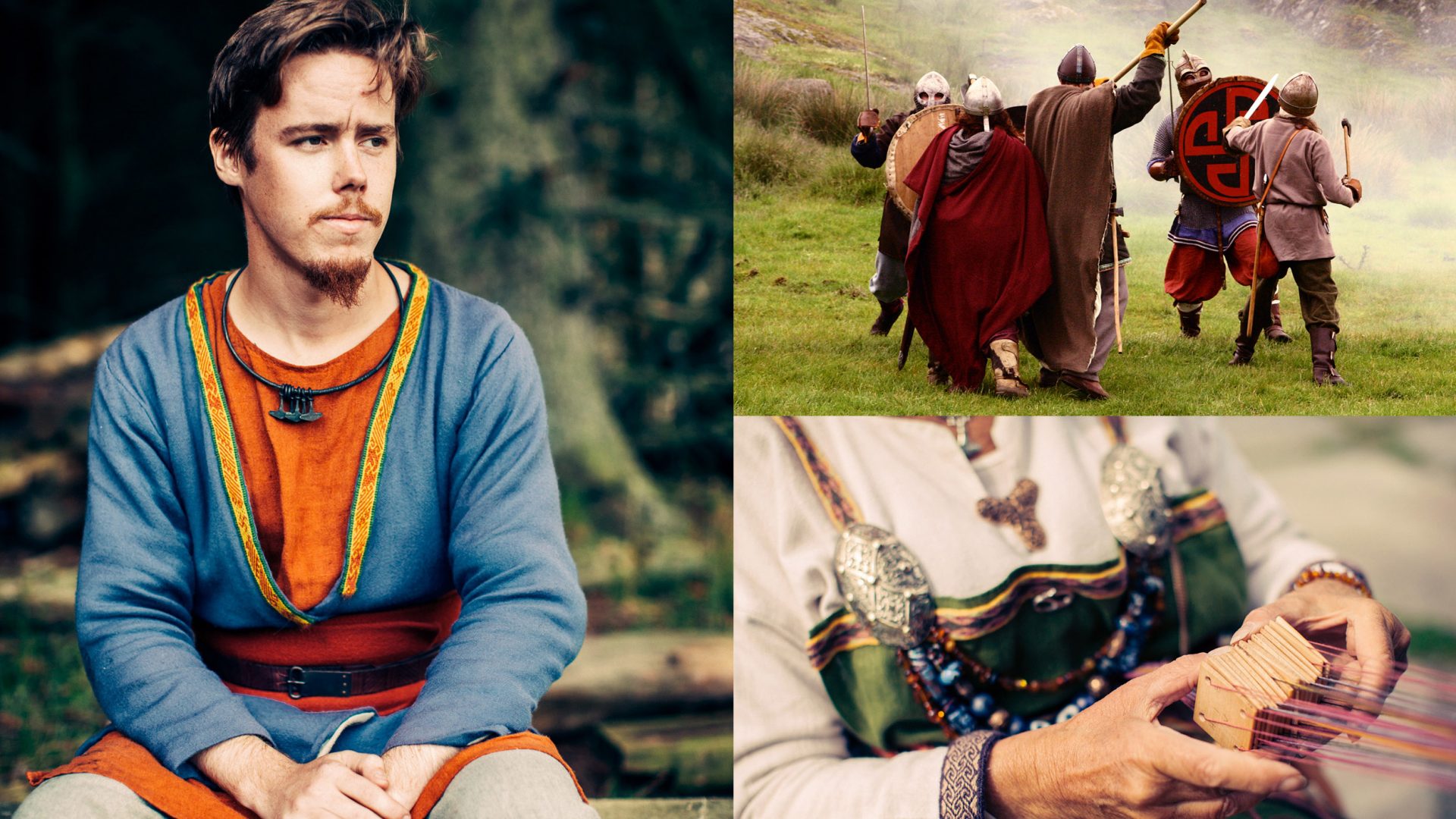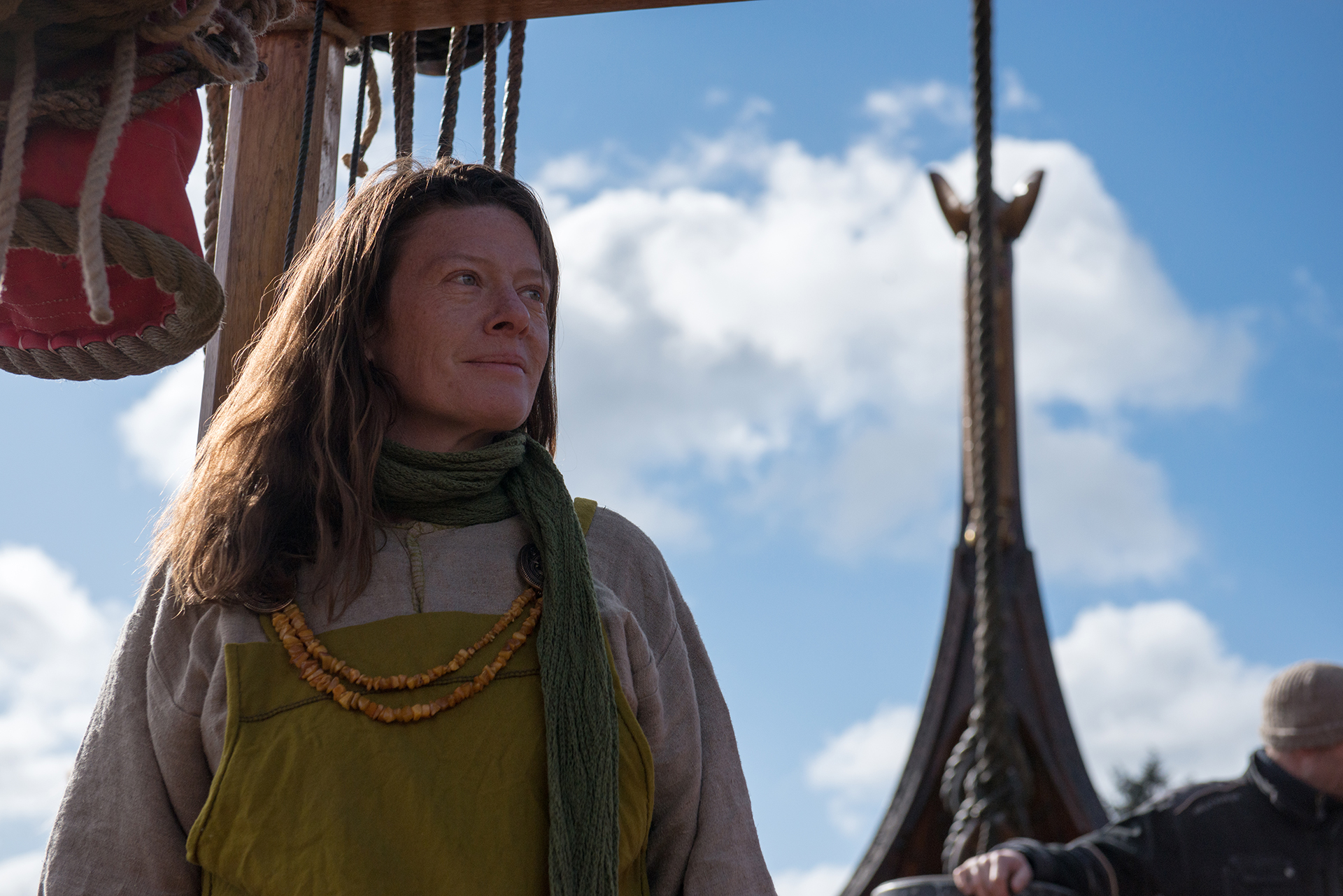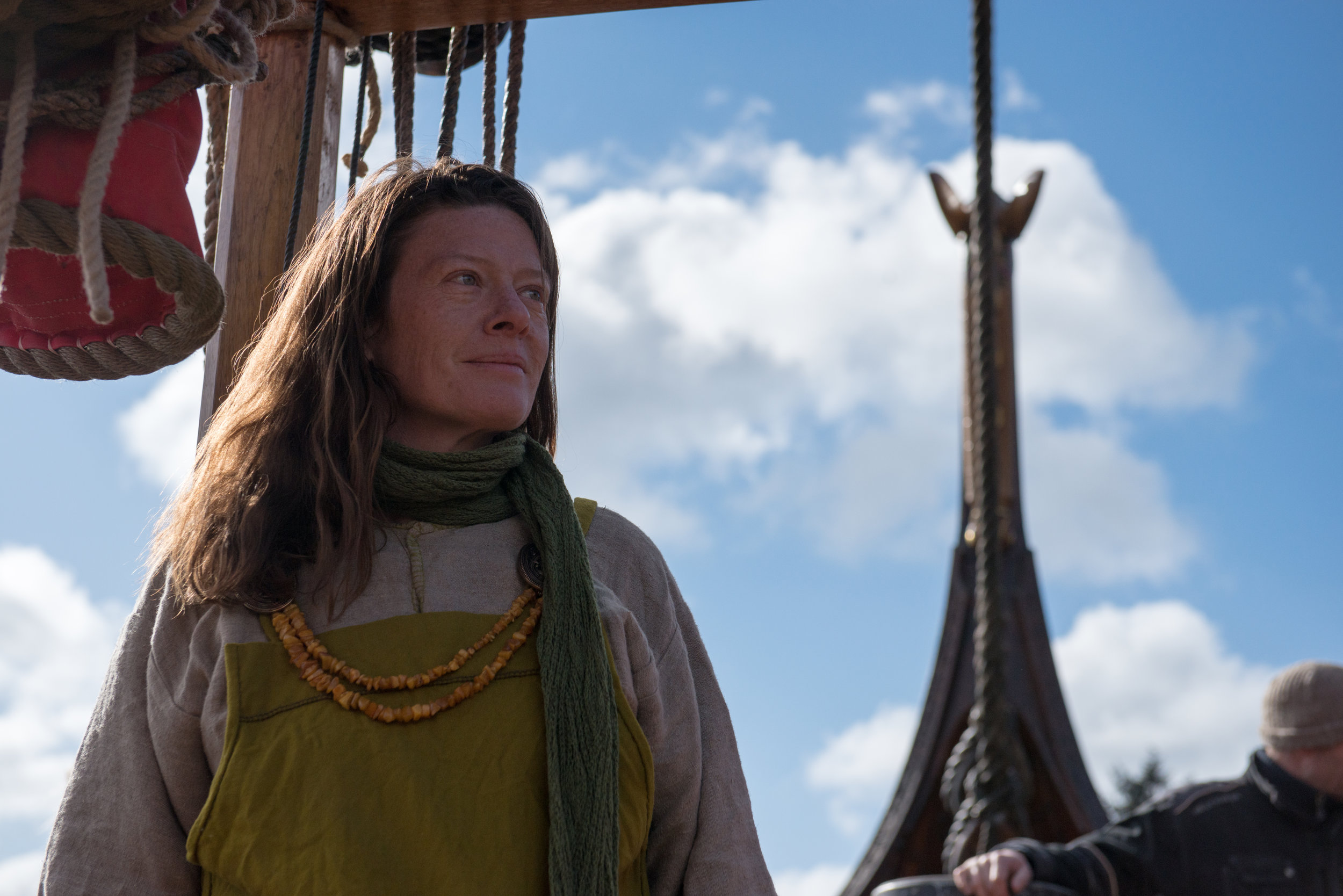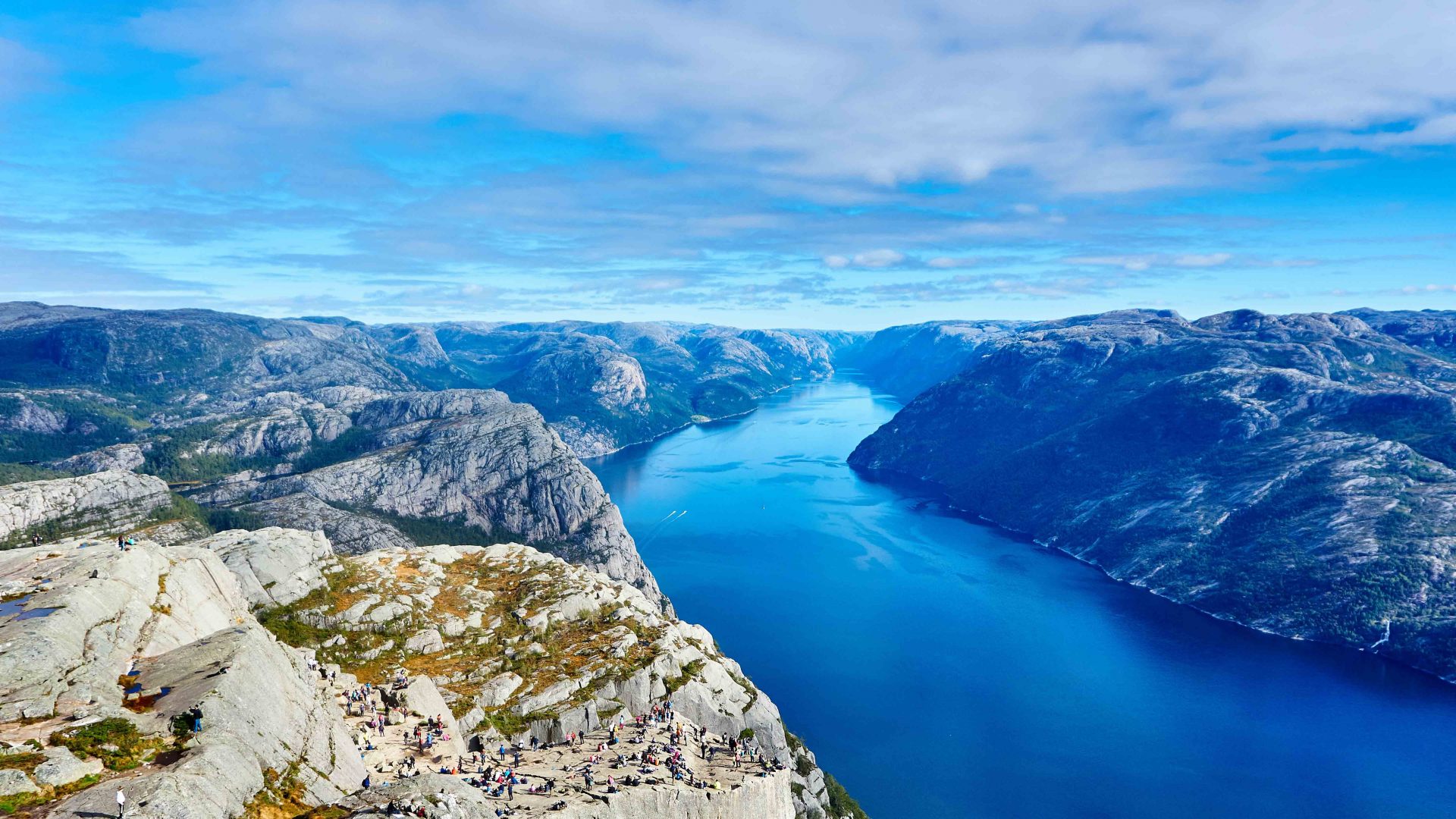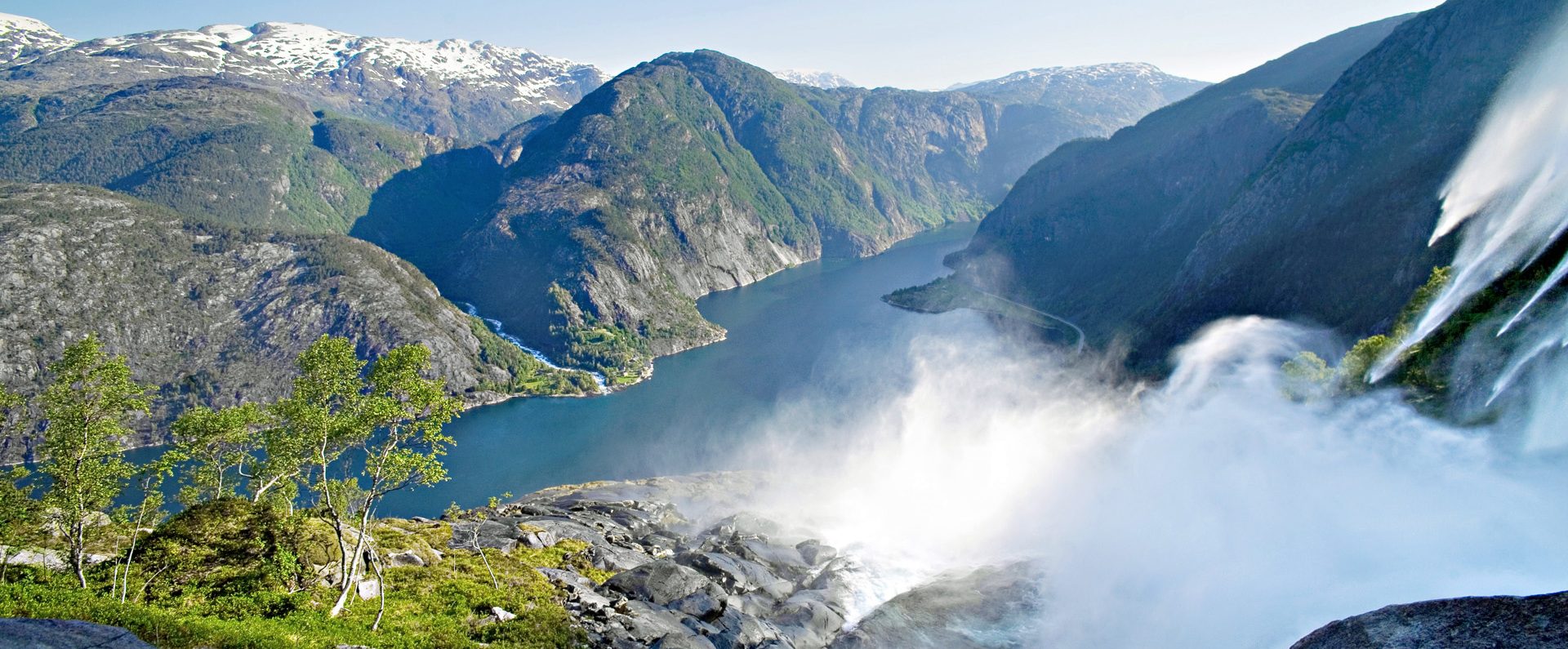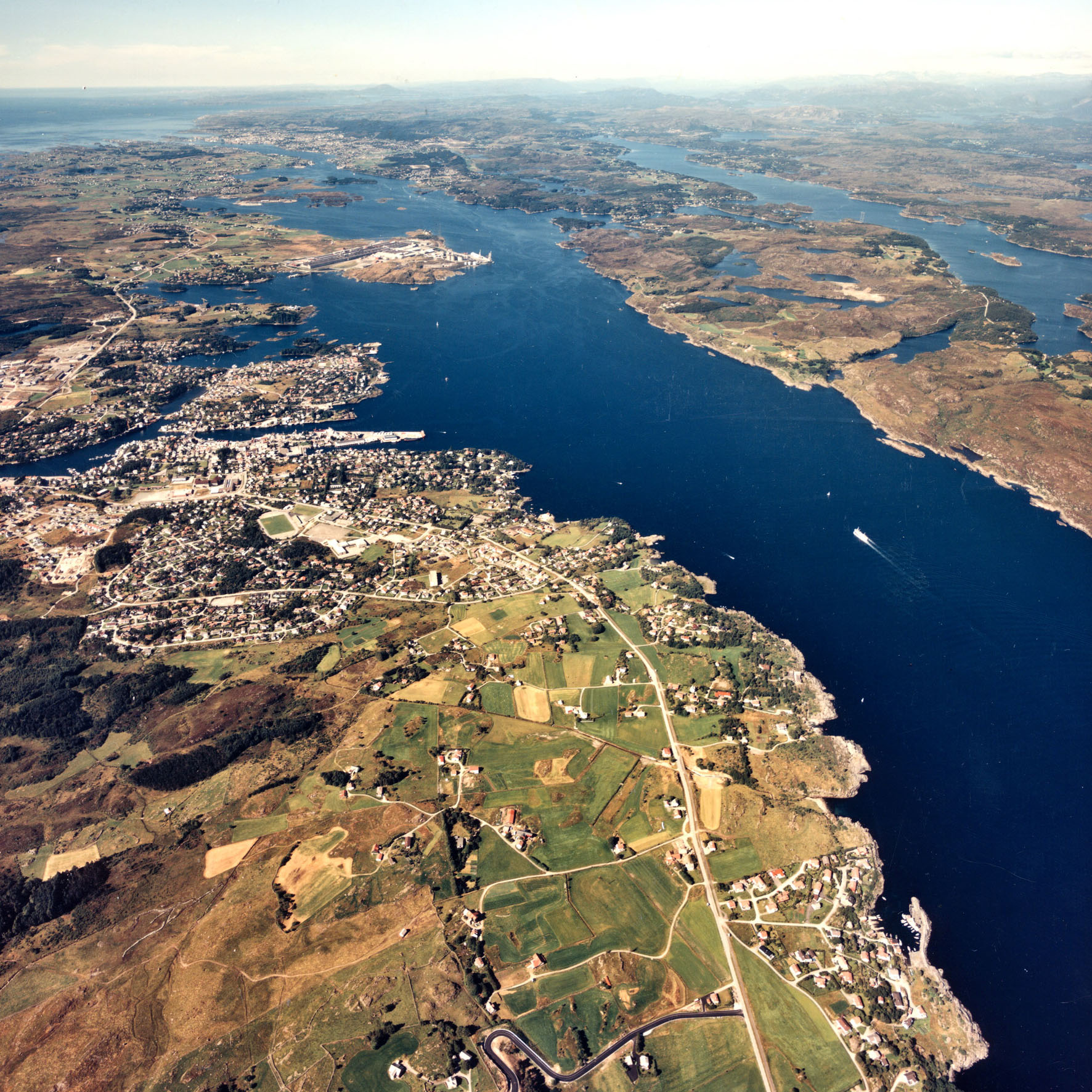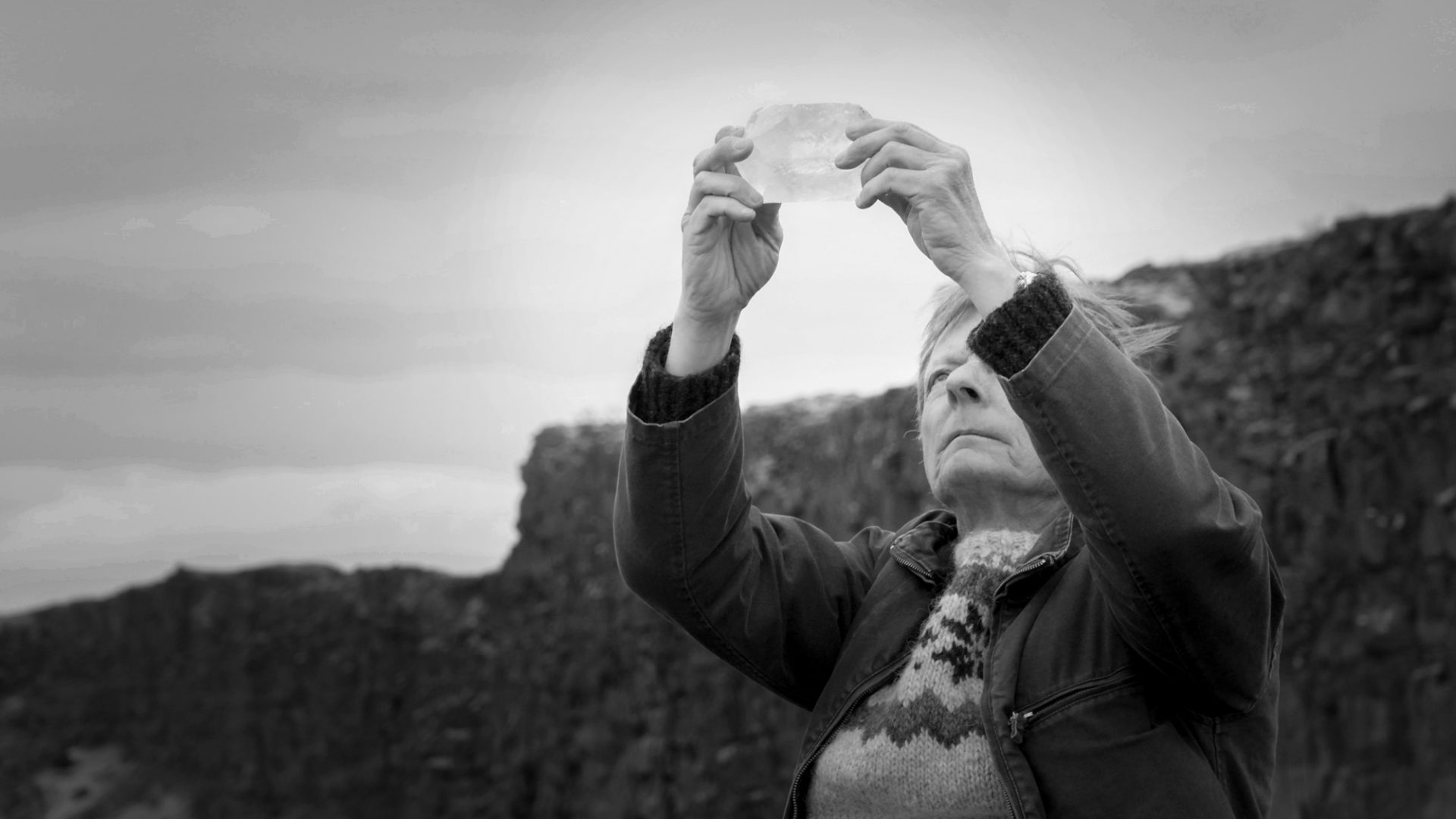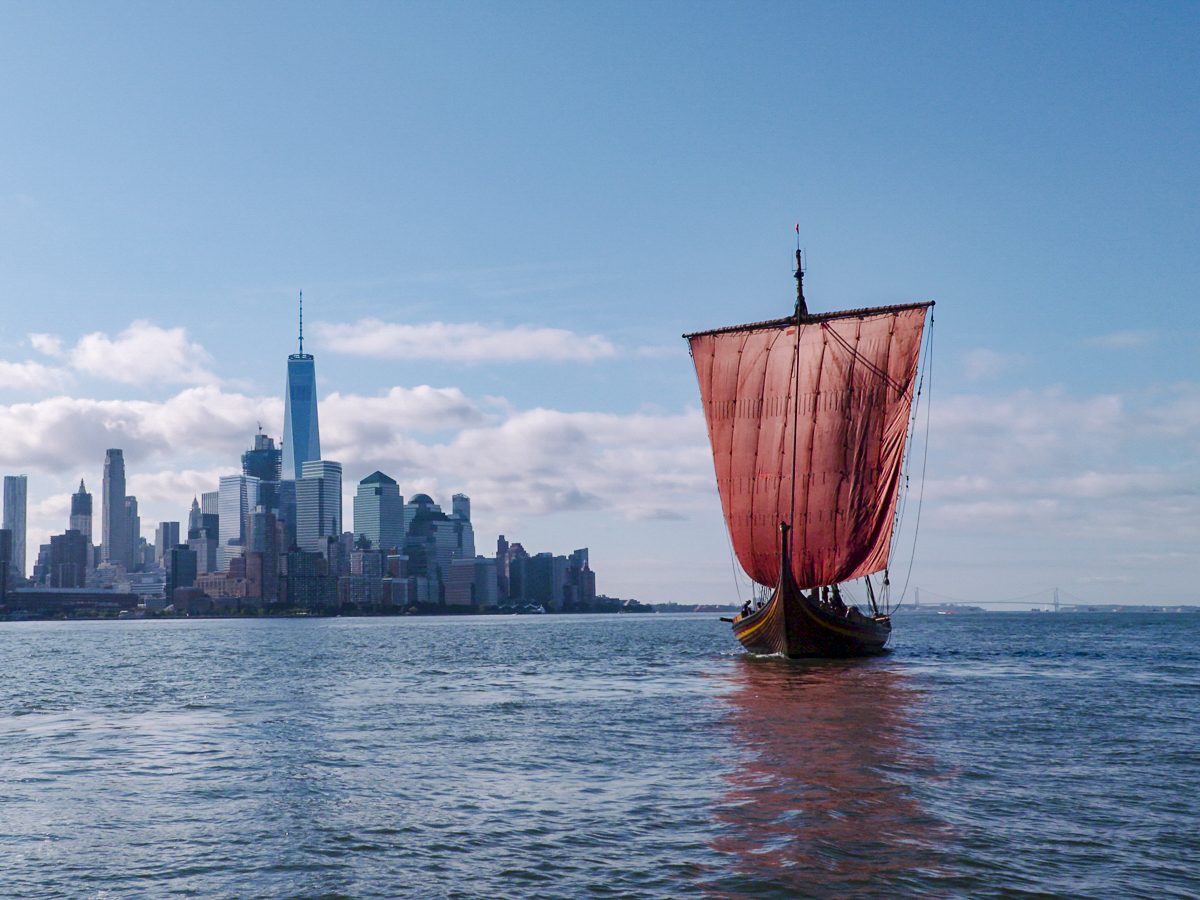“The Vikings reconnected humanity and made the world a smaller place by traveling huge distances … We look back to the Vikings as the origin of this kind of human endeavor to find new horizons, use new technology, meet new people, and think new thoughts.”
William Fitzhugh, director of the Arctic Studies Center at the National Museum of Natural History in Washington, D.C.
Who were the Vikings?
The word Viking refers to the inhabitants who, in the years from 750–1100 AD, lived in the Scandinavian countries or in the areas where these people of the north settled down. The era was known for its brutality and the Vikings as raiders – but they were in fact no better or worse than other communities of that time.
“The Vikings reconnected humanity and made the world a smaller place by traveling huge distances … We look back to the Vikings as the origin of this kind of human endeavor to find new horizons, use new technology, meet new people, and think new thoughts.”
William Fitzhugh, director of the Arctic Studies Center at the National Museum of Natural History in Washington, D.C.
Popular, modern conceptions of the Vikings as violent, piratical heathens who plundered and colonized are complicated by the fact that they were also, as stated in the quote above, known for their innovative and entrepreneurial exploration of the world. They were sailors, craftsmen, merchants and settlers.
They sailed the transatlantic route we are planning to sail, in an era only known through archaeology – and hundreds of years before Christopher Columbus and his expeditionary fleet. Expedition America 2016 will sail in the wake of the Vikings over the North Atlantic Ocean and explore the world in a modern Viking way.
Perspectives on history
The image of barbaric savages associated with the Vikings in popular culture is a distorted picture of reality. At the dawn of the Viking Age, Christianity had spread throughout Europe and most Vikings were still pagans. When monasteries were looted by Vikings it was mainly literate Christian monks who wrote about them. It seems as if the monks looked upon them as some kind of retribution from God. It may be fair to say, therefore, that the Vikings were described as being more brutal than perhaps they really were.
Viking women
Viking women had a relatively free status compared to women elsewhere in Europe at this time. The lady of the house was responsible for all the wealth of the farm and the household. Viking women were also active as rune masters, poets, priestesses, oracles, merchants and warriors.
The myth of the horned helmet
One of the most widespread myths in history is the one about the Vikings wearing horned helmets. Their helmets had no horns. The popular image dates back to the 1800s, when Scandinavian artists like Sweden’s Gustav Malmström included the headgear in their portrayals of the raiders. When Wagner staged his Der Ring des Nibelungen, commonly referred to as the “Ring cycle” in the 1870s, costume designer Carl Emil Doepler created horned helmets for the Viking characters, and an enduring stereotype was born.
The homeland of the Viking Kings
Draken Harald Hårfagre was built in Haugesund, in western Norway. The region has been a centre of power for thousands of years. The strait between Karmøy and the mainland, which narrows to become a tight passage at Avaldsnes, created this centre of power.
The harsh sea outside Karmøy forced vessels to go through the passage and it was easy to control the very important marine traffic. The strait is known as “Nordvegen” – “The way north” and gave name to Norway. That was how important seafaring was and still is.
When Harald Hårfagre unified Norway ca 870 AD, he followed the tradition of many sea kings before him, and placed his royal seat at Avaldsnes in West Coast Norway. From here he sent his ships westward across the ocean.
The Vikings sailed over vast distances, from America in the west to Asia Minor in the east, and perhaps even farther. This suggests that the written sources are right: Viking ships were unique for their time.
Where did the vikings travel?
There are evidence of Vikings traveling as far west as Newfoundland. But the Vikings also traveled east and south, there is plenty of traces of their presence in all of Europe, Asia Minor, Russia, and even North Africa.
Viking findings are present in our everyday life, not least in the English language. One of the most obvious ones is the word “Thursday”, which means the Norse God Thor’s day. Other examples are: window – vindauga, guest – gestr, anger – angr, husband – húsbóndi. And there are several hundred more.
Viking ships
Without the Viking ships – no Viking age
Without the Viking longships, there would be no Viking Age. Norse sagas, skaldic poetry and contemporary foreign sources describe the Viking longships as magnificent sea-going vessels.
It was the seaworthiness of the longships, coupled with the Norsemen’s mastery of navigation and seamanship, which made it possible for them to conquer the ocean.
Seafaring was a key element of Norse society and the longships played a vital role in their lives. Their affinity with the sea is even reflected in the Norse language – with over 150 words for waves. They even buried their kings and chieftains in longships which would carry them on their final journey.
Their Dragon ships were ships of certain significance. The beautifully decorated carvings carried on the prow signified power and inflicted fear on their enemies as well as warding off the terrible sea monsters of Norse mythology.
During the Viking Age a broad range of different longships were used depending on the purpose of the voyage – trade or raid. The coastal river longships were small and maneuverable, mostly used on rivers traveling eastwards. The cargo vessels designed for passage on the open sea were sturdy and broad while the typical warship was long and narrow – designed both for rowing and sailing.
Not many longships survived the test of time. The Vikings left almost no clues as to how they built their longships or how
they were sailed or rowed. Written sources, rock carvings, and archaeological findings all point to the fact that the Vikings built a number of different types of longships – all for different purposes.
A longship could carry a crew of more than 100 rowers and is estimated to have been able to sail around 10 knots. Sailing at speed and covering long distances allowed them to travel far from home. Crossing the North Sea from Scandinavia to Britain took just a few days, for example.
The largest cargo ship was big enough to carry cattle and it was the Vikings who brought horses to Iceland.
The smaller longships had a crew of 10, and could even be carried across a portage. They were mostly used to travel inland waterways which was important in order to explore Europe and Asia Minor.
Oars as well as sail powered the Viking longships making them less dependent on favorable weather conditions. The longships made it possible for the Vikings to look beyond the horizon and explore the edge of their known world.
Navigating in the Viking age
How did the Vikings navigate when land was out of sight? Most likely they learned intuitive navigation and how to use nature as a guide. This kind of knowledge was passed down from generation to generation, just like the stories from the Norse sagas.
We cannot determine if the Vikings used any kind of navigation instruments to find their way. But, it is likely that they had a sun compass. On foggy days the “sunstone”, a piece of mineral that polarizes light and tells the position of the sun, would be of great help. When the night sky was clear they used the stars. By looking at birds and the color of the sea, they could tell if land was close.
The modern Vikings
The modern Viking is an individual who pursues an idea, takes on challenges and looks for adventure. A modern Viking looks beyond the horizon and finds new solutions to old problems – those creative enough to think outside the box. Bringing Expedition America 2016 to fruition allows us to look back at an era as far from the digital age as one can come – with its stress and immediate rewards – to explore the “now” in an adventurous spirit.
Expedition America 2016 explored and relived one of the world’s most mythological sea voyages – the first transatlantic crossing and the Viking discovery of the New World more than a thousand years ago.
“The aim of the Draken Harald Hårfagre project is to explore the world and embrace the Viking spirit – to look beyond the horizon and seek adventure and to inspire people to take on challenges.” Sigurd Aase, owner and the man behind the project.


